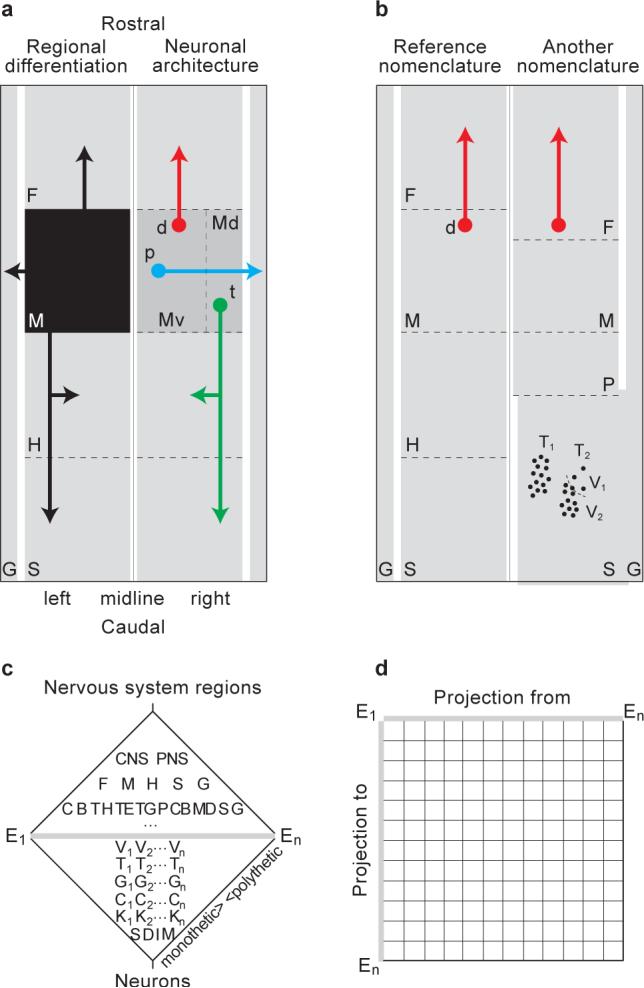Fig. 1. A systematic account of nervous system parts and connections.

(a) Schematically the vertebrate nervous system has right and left halves with rostral and caudal ends, divided into gray matter regions (G,F,M,H,S) interconnected by fiber tracts (black arrows from black box region M, left half). Each region is actually characterized by a set of neuron types (d, p, t for region M, right half) with a stereotyped pattern of axonal projections forming the tracts, and typically also a neuron-type set generating strictly intraregional axon connections (local interneurons, not shown; see Fig. 1b right half). Mathematically, the number of projection possibilities is given by the combinations of axons and axon collaterals between pairs of neuron types from different regions. Let X = {Ai ,..., Ak } the set of gray matter regions, each having nj; neuron types. The number of neuron type pairs connected by axons or axon collaterals is and the number of possible combinations is . Experimentally, physical connections are established currently with anterograde and retrograde tracer methods, which may help subdivide regions (Md, Mv). (b) Historically, disagreement is common about region boundaries, profoundly affecting description and interpretation of experimental results; here in a reference nomenclature neuron type d projects from region M to F, whereas in another nomenclature the same neuron type is described as having local connections in region F. (c) A complete ontology of nervous system regions and neuron types could be represented as two reference hierarchies meeting at the lowest level of each (see text and example in Fig. 3). (d) Finally, the global nervous system connection matrix is defined by data for each neuron type (or region) in a complete reference nomenclature (entities E1-En) taken from (c).
